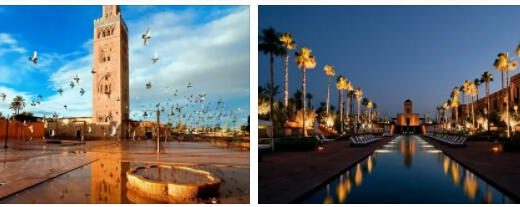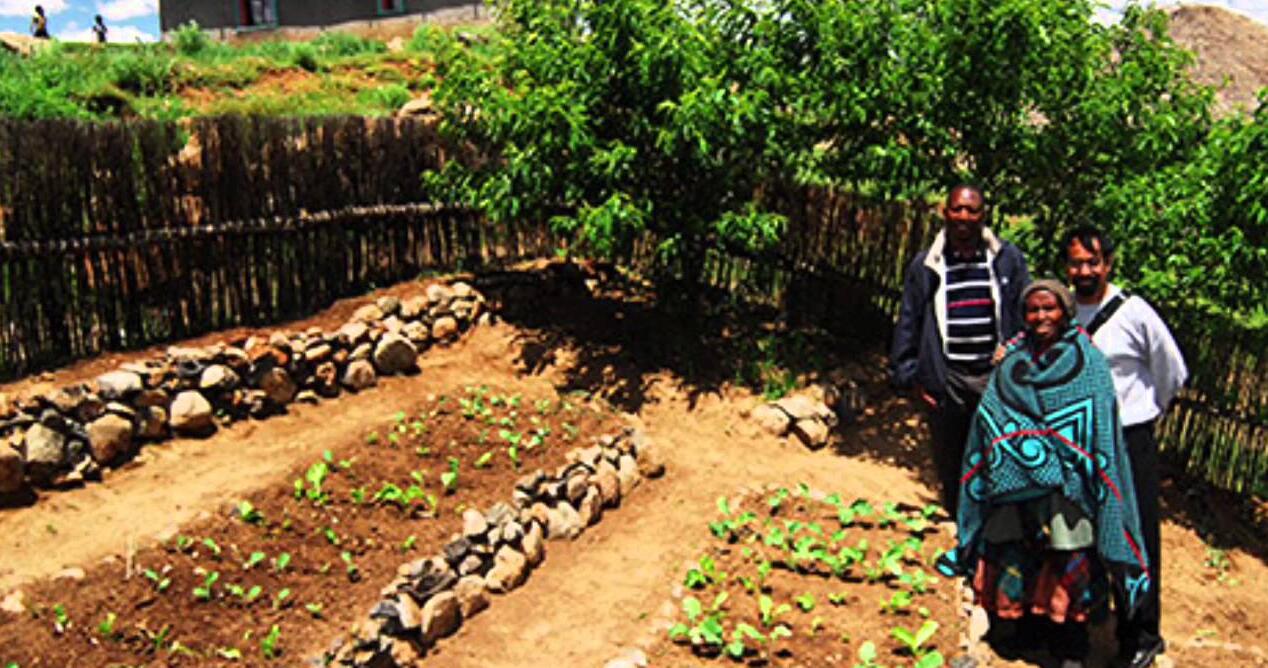Nigeria Economic Conditions
According to BEAUTYPICALLY.COM, the pre-colonial economy, after the abolition of the slave trade, was directed by the British towards a plantation agriculture differentiated by climatic bands (palm oil, rubber, cocoa in the South of the country; peanuts, cotton and tobacco in the North) and for export. After the achievement of independence (1960), the exploitation of oil fields, discovered in 1956, was intensified and a phase of rapid economic development began, also based on the large availability of workforce, as well as on the size of the internal market. The period of the oil boom (1965-80) was marked by a very sustained growth of the gross domestic product and by huge investments in transport infrastructures, but also by the involution of agricultural activities. Not only did the income from traditional sales of agricultural products cease, but Nigeria, with a rapidly growing population, was forced to resort to imports to meet food needs. The ambitious development plans of the 1970s had to be shelved following the fall in oil prices, and after 1980 Nigeria went through a serious economic crisis, which lasted for almost twenty years, aggravated by political instability, bad administration and from a growing foreign debt. After the establishment of formal democracy in 1999, and with the beginning of a phase of oil price hike in 2000, the Nigerian economy recovered and the trade balance returned to profit. The adoption of a rigor and development program launched in 2004 made it possible to resume dialogue with international financial organizations; the remission of a large part (60%) of the enormous debt created the conditions for a revival of the Nigerian economy.
Despite the dominance of extractive and industrial activities, agriculture still occupies a decidedly important place in the economy of the Nigeria, especially in terms of employment, while the contribution of the sector to the formation of the gross domestic product is on the whole modest. Nigeria is no longer a major exporter of cocoa, peanuts, rubber and palm oil. The production of cocoa, mostly from obsolete varieties and ancient plants, stagnated in the early 2000s at around 180,000 tons per year, compared to 300,000 tons produced three decades earlier; and Nigeria, once the second largest producer in the world after Ghana, was placed in fourth place, preceded also by the Ivory Coast and Indonesia. The production of peanuts and palm oil is also in sharp decline. Peanuts are grown in the north of the country, plagued by long periods of drought, and the results fluctuate significantly from one year to the next, in relation to climatic events. The oil palm, on the other hand, is widespread in the delta region and is grown in small plantations, which however provide quantities of oil such as to place Nigeria in third place in the world, after Malaysia. and Indonesia. The forestry heritage, which extends over 16% of the land area, includes precious woods, such as mahogany; the timber is mostly exported (via the river port of Sapele, on the Benin river) after having undergone a first processing. Breeding, widely practiced in the northern savannahs, mainly concerns goats, but the number of sheep and cattle is also conspicuous. Finally, an appreciable contribution to the protein needs of the population derives from fishing activity, intensely practiced both along the coasts and in inland waters.
Nigeria, a member of OPEC, with 121.7 million tonnes, was the largest African producer in 2006 and the twelfth largest oil producer in the world. The reserves are estimated at around 3 billion tonnes. The deposits are concentrated in the south-east of the country, in the Niger delta and in the adjacent seabed. Mining activities are hampered by the serious environmental impact caused in the delta region, which involves poor relations with local communities, vandalism on infrastructures and safety problems for the personnel involved. The US is the main buyer of Nigerian oil (40% of total production). Natural gas (28.2 billion m 3 in 2006) is the second main resource of the country, which has an enormous potential, also located in the South-East but only partially exploited. Oil refineries are located in Warri, Kaduna, Port Harcourt. About 40% of the energy produced is of water origin, coming from the large power plant annexed to the Kainji dam, on the Niger River. From the mines of the Jos plateau, tin and columbite are extracted, a mineral from which niobium is obtained, a rare metal used for special alloys (80% of world production).
The industrial sector, heir to an ancient and solid craftsmanship, was born even before the Second World War, but it developed after independence, thanks above all to two favorable circumstances: the variety of natural resources and the existence of a vast internal market. While the factories that arose before the conflict mostly concerned the first processing of minerals and the production of oil, later the main branch became the manufacturing one. In addition to the agri-food industries (sugar mills, oil mills, canning plants) and textile (cotton mills) there are the oil, petrochemical, chemical (fertilizers), steel, metallurgical, paper and wood sectors, as well as plants for the assembly of imported components, cement factories etc. Despite the low cost of labor, the Nigerian industry has a low degree of competitiveness,
Parallel to the enhancement of mineral resources and industrialization, starting from independence steps were taken to strengthen the communication routes, which were not adequate for the growing needs of the country. The network railway, built at the time by the British administration and subsequently expanded, consists of two main lines that move, respectively, from Lagos and Port Harcourt: the first reaches Kaduna, in the heart of the country, then continuing to Kano and the extreme northern regions ; the other joins the previous one at Kaduna, but a long branch detaches from it which, crossing the Jos mining area, goes NE almost as far as Lake Chad. The main roads follow a similar pattern, which to the North continue beyond the border with Niger, while to the NE they penetrate Cameroon and Chad. Overall, the road network has an extension of over 190,000 km (30,000 of which are asphalted) and is particularly dense in the populous southwestern region. A notable contribution to internal connections is provided by river navigation on the Niger and Benue. Roads and railways link the interior of the country to the two major ports: Lagos, by far the most important for the variety of goods loaded and unloaded, and Port Harcourt which, with the nearby Bonny oil port, works mainly for export.. Lagos is also home to an international airport (Ikeja); for internal connections, the Kano airport also plays a prominent role. Lagos is also home to an international airport (Ikeja); for internal connections, the Kano airport also plays a prominent role. Lagos is also home to an international airport (Ikeja); for internal connections, the Kano airport also plays a prominent role.
Nigeria’s main commercial partners are the USA, Spain and Brazil for exports; China, USA, Great Britain, the Netherlands and France for imports. Products of the mechanical, textile and chemical industries are imported, while oil, natural gas, cocoa, oil palm products, leather, shellfish and rubber are exported.



